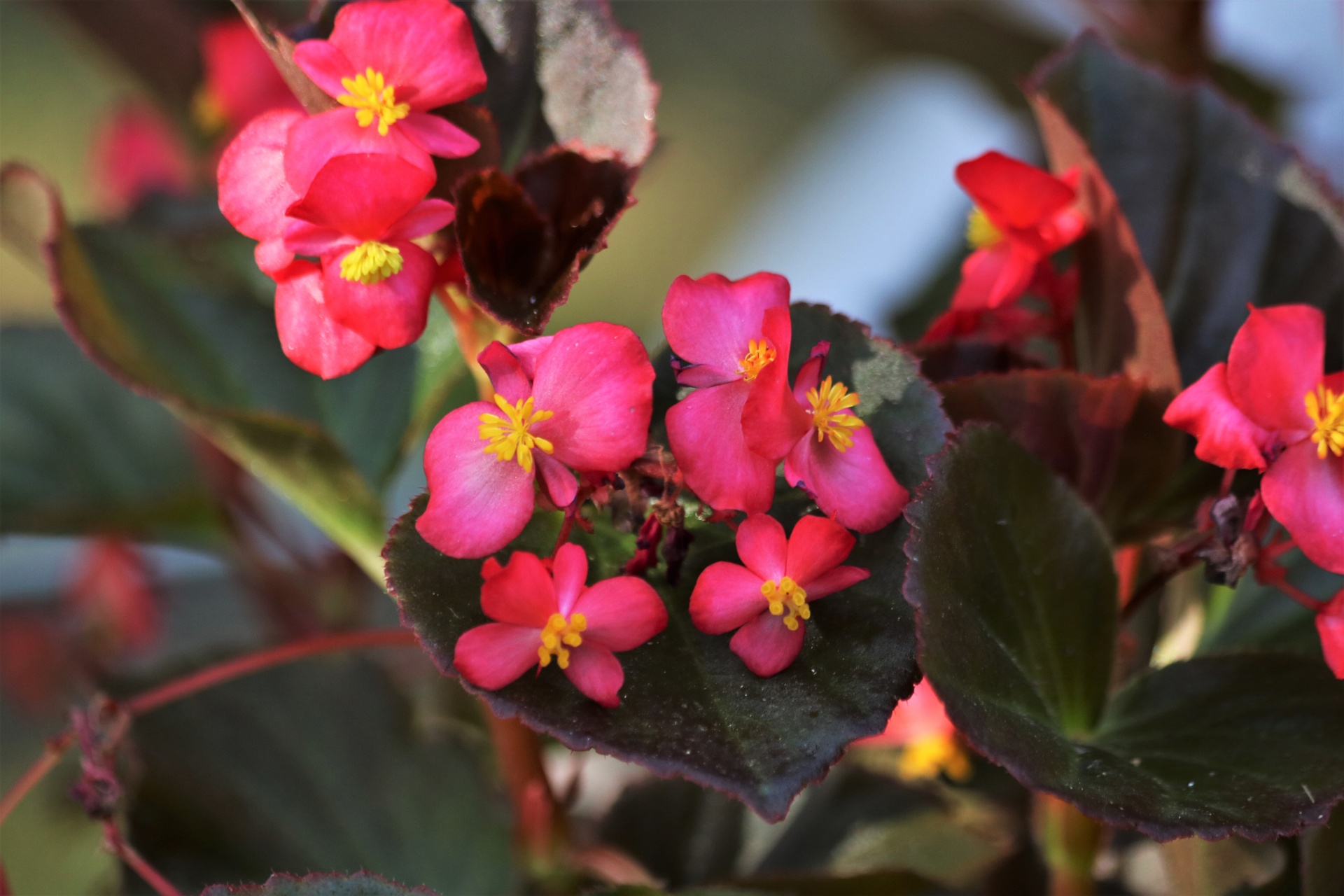
Propagation Made Easy: A Guide to Begonia Propagation
Gardening enthusiasts looking to expand their begonia collection often turn to propagation. This simple yet rewarding method allows you to grow new plants from existing ones, ensuring a continuous supply of stunning begonias. In this guide, we will walk you through the process of begonia propagation, from selecting appropriate methods to caring for your new plant babies.
1. Understanding Begonia Propagation
Begonias can be propagated through various methods, including stem cuttings, leaf cuttings, and division. Each technique has its own advantages, so let’s dive into each one:
- Stem Cuttings
This is the most common and reliable method of propagating begonias. Simply take a healthy stem cutting with a few leaves attached and insert it into a well-draining propagation medium. Within a few weeks, roots will start to form, and you can transplant the cutting into its own pot.
- Leaf Cuttings
If you have a begonia with interesting foliage, leaf cuttings are an excellent way to propagate it. Remove a healthy leaf and place it on the propagation medium, making sure that the bottom side is in contact with the soil. Over time, roots will sprout from the leaf’s base, and a new plantlet will form.
- Division
For begonias with rhizomes or tuberous roots, division is a suitable propagation method. Gently separate the plant into smaller sections, ensuring each division has a healthy stem and roots. Plant these divisions in separate pots, and they will grow into individual plants.
2. Optimal Conditions for Begonia Propagation
To maximize your success rate, it’s crucial to provide the right conditions for your newly propagated begonias. Here are some key factors to consider:
- Light
Place your begonia cuttings or divisions in a location with bright, indirect light. Avoid exposing them to intense sunlight, as it may scorch the delicate foliage. A combination of natural and artificial light usually works best.
- Temperature and Humidity
Most begonias thrive in warm and humid environments. Aim for a temperature between 70-75°F (21-24°C) and humidity levels around 50-60%. Using a humidity dome or misting the plants regularly can create an ideal microclimate.
- Watering and Soil
Consistent moisture is vital during the propagation process. Use a well-draining soil mix and water your begonias whenever the top inch of soil feels dry to the touch. Avoid overwatering, as it can lead to root rot and other issues.
3. Tips for Successful Begonia Propagation
Follow these additional tips to increase your chances of successful begonia propagation:
- Choose Healthy Parent Plants
Select parent plants that are disease-free, vigorous, and free from pests. Healthy plants yield healthy offspring.
- Use Rooting Hormones (Optional)
To accelerate root growth, consider using a rooting hormone when propagating your begonias. These products stimulate root development and can result in faster, more robust plants.
- Patience is Key
Propagation can take time, and begonias are no exception. It may take several weeks or even months for roots and new growth to emerge. Stay patient and provide proper care during this period.
Conclusion
Begonia propagation is a gratifying method to expand your begonia collection or share these beautiful plants with others. By understanding the different propagation techniques, providing optimal conditions, and following our tips, you’ll soon be surrounded by a flourishing begonia family. Happy propagating!
Remember, if you need any further assistance or have specific questions, don’t hesitate to consult a plant propagation expert.
Keep Reading

Propagating Basil: A Comprehensive Guide for Plant Lovers
Basil, a fragrant and versatile herb, not only adds flavor to our favorite dishes but also brings freshness to our gardens. Imagine having an abundance of basil at your fingertips, ready to be plucked whenever needed.

Propagating Prayer Plants: A Step-by-Step Guide for Success
Prayer plants (Maranta leuconeura) are beautiful, tropical houseplants known for their vibrant foliage and unique leaf movements. Learn how to propagate them!